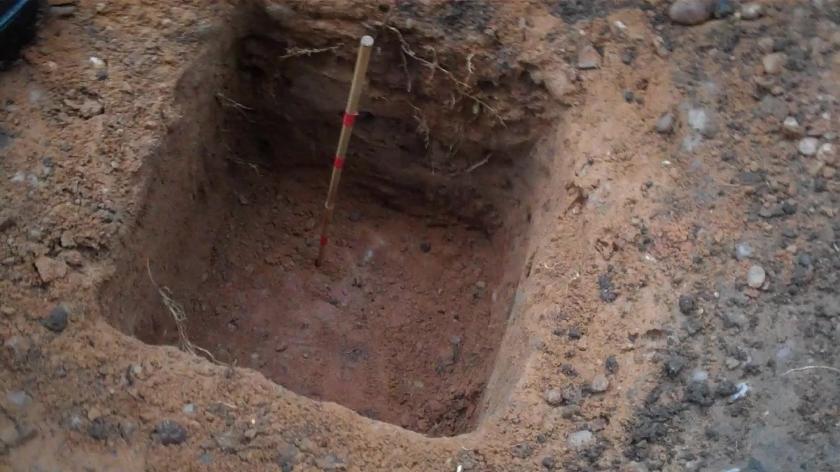During the Christmas period, there will be a change to your refuse collection dates, you can find out when your collection dates will be via our dedicated page Christmas recycling and rubbish collections.

Soakaways are a traditional way of disposing of surface water from buildings that are remote from a suitable public sewer or watercourse. A soakaway must have capacity to store immediate run-off from roofs and hard surfaces and the water must then be able to disperse into the surrounding soil quickly enough for the soakaway to be able to cope with the next storm.
Soakaways are probably the most common form of surface water disposal and are usually suitable for areas less than 100m². Soakaways are generally formed from square or circular pits, filled with rubble or lined with dry jointed masonry or perforated concrete ring units. Soakaways serving larger areas are generally lined pits, trench-type soakaways or constructed from specialist proprietary units. It should be expected that a domestic, rubble-filled soakaway may need to be renewed about every ten years.
For small soakaways serving 25m² or less, a design rainfall of 10mm in five minutes is quoted in the Building Regulations Approved Document H as being an appropriate worst case.
For soakaways serving areas greater than 25m², reference should be made to BS EN 752-4, or BRE Digest 365 Soakaway design. BRE Digest 365 is the most commonly used document.
The Building Regulations dictate an order of priority for the selection of surface water from buildings. These are:
A soakaway must always be the first choice but must not be used:
Percolation tests should be carried out to determine the capacity of the soil.